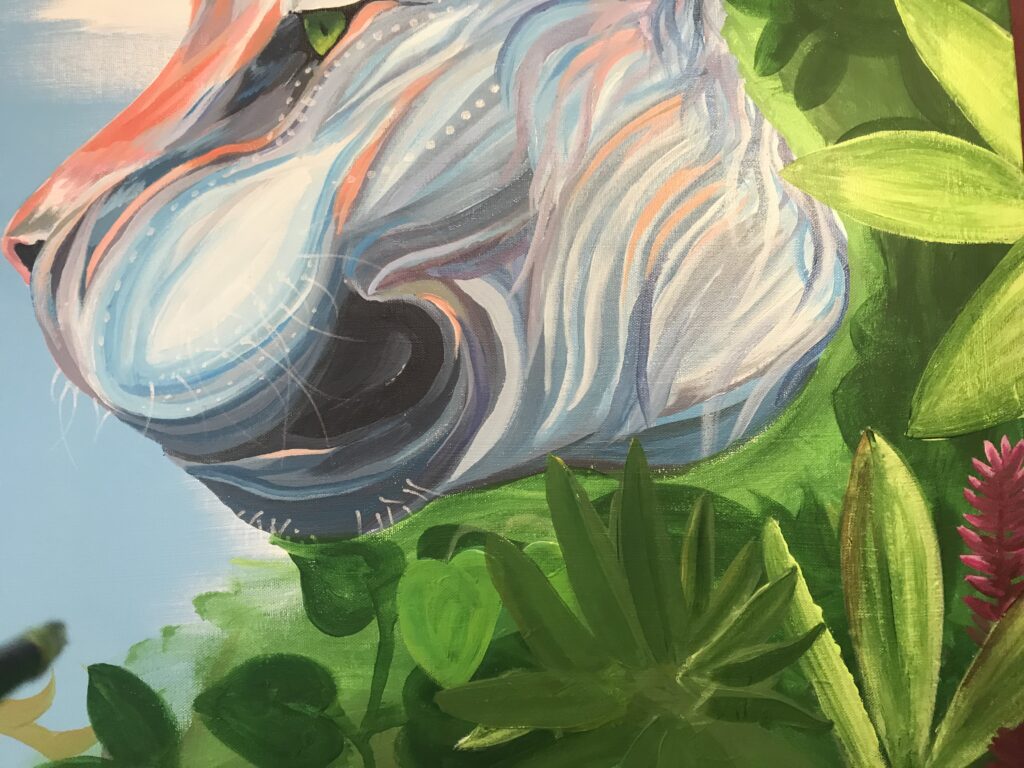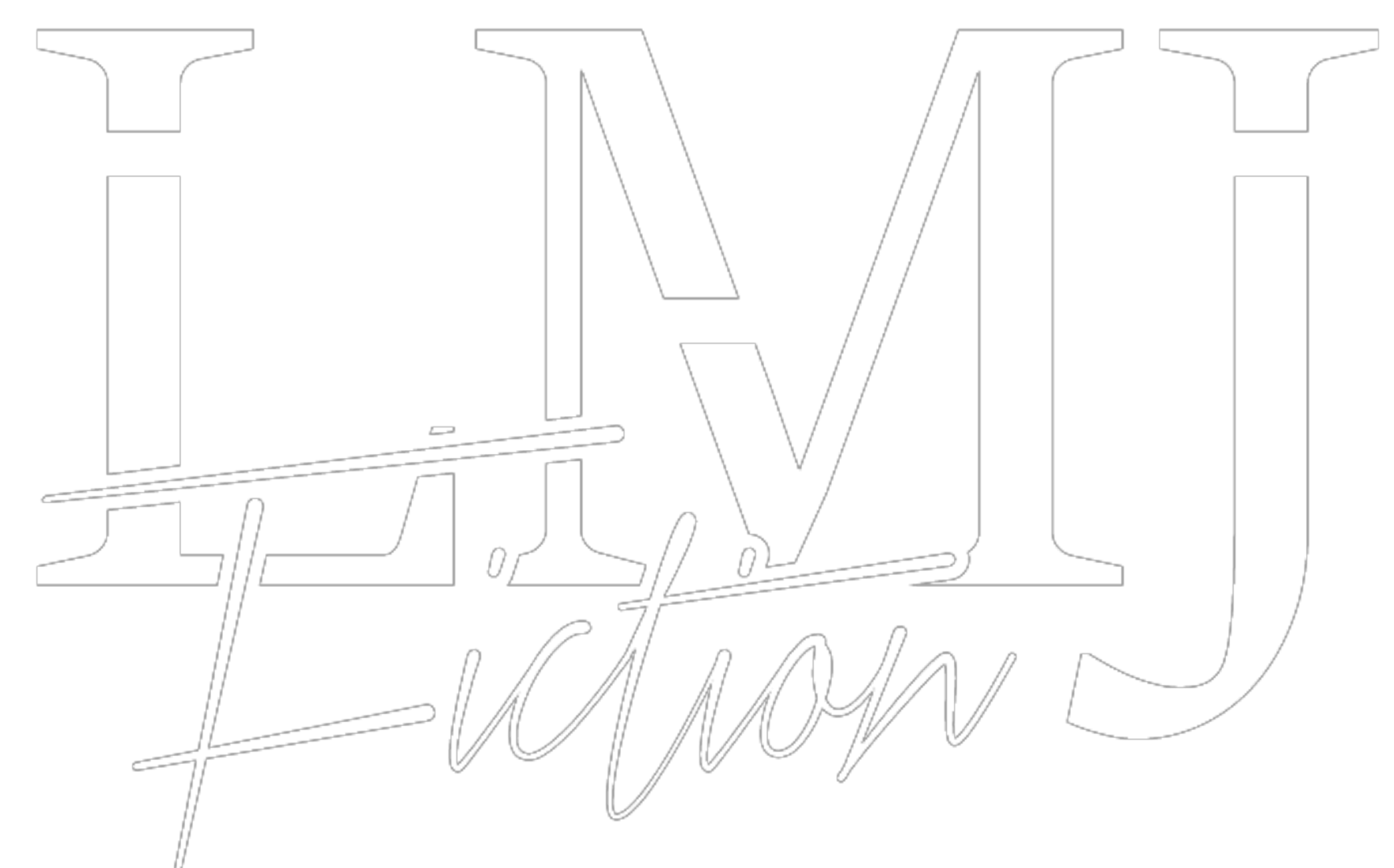Editing the forest
The big picture
Have you ever stood up high on a mountain and looked out over the world? You see the houses and trees, but they blend. The view takes you in and the big picture captures your mind. We think, “wow this is beautiful,” but the why isn’t really a consideration. Our mind loves what we see. Composition and balance are automatically satisfying. It’s effortless.
Have you ever read a book you didn’t like? I see this as a very similar cognitive effect. Words on the page blend and our brains either like it or they don’t. Now, no two brains are alike, but our minds are very good at recognizing patterns and putting observations into categories. This powerful unconscious sorting ability has gotten us into a lot of social trouble. The trick to overcoming automatic processes is becoming aware that they exist.
Need an example? Editing for grammar could be considered “obvious” in a few ways:
- It “sounds wrong” and we don’t like it, so we look more closely at it.
- It “looks wrong” on the page (there’s that pattern recognition again.)
- There are rules that are violated–we know to begin a sentence with a capital letter and we know if there is a starting quote there should be an ending quote.
- A word doesn’t fit the sentence causing it not to make sense. We see the wrong word as the cause.
- Editing for grammar practically has a rule book, but editing for content seems like it would take years of study to master–and even then, some books are so strikingly perfect you’d be awed by them. There isn’t a list of check boxes to mark off or a convenient instruction manual by Stark and White.
“I just couldn’t finish it.”
I have read plenty of books which I “didn’t like” and until i wrote my own, I never considered too deeply why. Slow plot? Undeveloped characters? No conflict? Too sad? Unrealistic? Now, I find myself really looking at the view and trying to dissect out the houses from the trees.
It isn’t enough that I love what I read or hate it, I must know why. Until I did, I couldn’t move on.
After finishing my first book and finding that my second book wasn’t as satisfying, I couldn’t just walk away because I “didn’t like it” for some illusive reason. If I’m going to call myself a writer, then I have a responsibility to the reader to craft a lovable narrative. Time to woman-up and figure it out.
Now, there are two kinds of writers. The first is a pantser, someone who writes by the seat of their pants–you make up things on the fly and do very little pre planning. The second is a planner, who works out all the details ahead of time. For me, this is a spectrum and I have fallen all along it at different points in my life. Today, I try to blend the extremes and strike a balance.
I write what I love and what brings out emotion in me. If my work doesn’t bring out feelings in me, then I can’t expect it to do this for a reader. So what if there’s a problem? Correcting that problem might drive me away from the plan, and I’m ok with that..

Some broad strokes–not at all unlike underpainting on a canvas–are only needed to meet goals within the story.
Characters are planned out in detail, but the story dictates what details end up there. I think, pulling an entry from an entire library makes for a more well-rounded convincing character than “making it up as you go.”
On a whim, I picked up a book by Eric Edson called The Story Solution. 300 reviews 4 stars or more couldn’t be wrong, could they? (You can find it on my Amazon “books wanted” list, HERE.). Rather than sit around recovering from a solid month of bronchitis and feeling bad for myself, I decided to do some reading. Well, I found it to be a book full of writing gold, but something a little magical happened.
For many years, I have been good at fixing grammar and wording things well. However, when I read my second book in the 7Elements series and I didn’t like it as much as the first… Let’s just say, I was discouraged and have been similarly discouraged in the past. It didn’t go well for my writing habits back then, either.
I knew the problem wasn’t the grammar. I communicated my ideas well. I was upset not because I didn’t like it, but because I didn’t know WHY I didn’t like it. Where was the problem? I thought it was length because the book was shorter than the others. I thought it required more subplots to move the whole series forward faster.
The “solution” was in Mr. Edson’s beautiful breakdown of the why–not why we hate a story, but why we LOVE some stories more than others.
Why do some screenplays draw us to the theater in droves, but others don’t? Why do some movies fail and others succeed? Granted, this is a screenwriter talking about screenwriting, not necessarily novel or book series writing. However, his evaluation of the broad strokes–the underpainting–almost entirely applies.
There are 14 character roles. I won’t go through them all (if you’d like to, here they are), but let’s just accept there are ONLY 14 types of characters for the sake of categorizing. Now, figure out what role each character in your book plays. Sounds simple enough, doesn’t it?
I can finally put the why into words
The reason I love my first book is because the characters have fairly clear roles and the conflict Hero/Adversary is both clear and intense. It is between two characters. The Adversary is an individual you love to hate. The reason I don’t like book 2 is because the conflict isn’t obvious and it doesn’t get dirty. There’s no clear, individual adversary for the hero. In book 3, I manage to compound this problem by failing to identify a clear Adversary for the hero–it isn’t love, because there is a plot there, too. The adversary is a vague group.
This isn’t to say there’s a “right way” and “wrong way” to write, but successful stories we LOVE really do have some things in common.
I can’t handle instruction books about writing on that tell me, in a highbrow, unlikable voice, HOW to write my story. Matching my story already written to a pre-defined story arc plan gets complicated when there are multiple plots or an under plot spanning multiple books. It’s very easy to get lost in the process, leaving the story dry and characters secondary.
Try as I might, I just can’t play the part of a planner good enough for these types of books to help me.
Self-love means learning to love your creativity.
The magical thing about Mr. Edson’s wisdom is how he looks at the view and teaches you why you love it. It became easy for me to see what my books lacked and what they needed to be loved. There’s no discouragement here. No mandatory rigid plan. I don’t see my books as terrible and unsalvageable–lord knows, I don’t see any of my creative work that way anymore. I silenced my inner critic’s tendency for hyperbole long ago.
What I see now is the good first, but also how to make the good better. I see how to take the good and spread it around, out, and through the other books. Writing a story, is like forming a sculpture from clay. Grammar is the detail that lets you recognize the figure formed as a man or a woman, but The Story Solution is why you find that figure beautiful and unforgettable.
So, dear reader, step back and take in the view. I hope you love it as much as I do.
All my love and gratitude,


